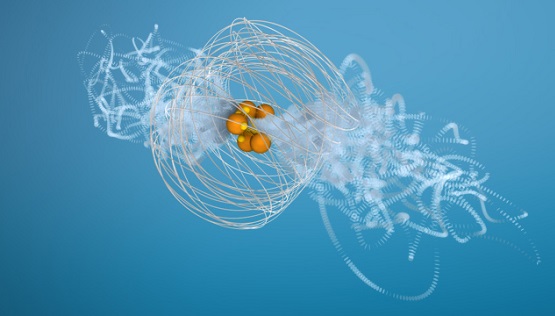- Home
- Home
-
Shop
-
Industries
- Processes
- Gases and Equipment
-
Services
-
Safety
-
Contact & Support
-
News & Media
- Agent Finder
Methane
Methane (CH4) is a colourless and odourless gas formed by the oxygen-free degradation of organic material. Methane was detected in the 1770s by Alessandro Volta, who invented an electric capacitor, among other things.
In oxygen-poor environments – and ruminant animals
Methane is formed, for example, in oxygen-poor environments such as peatlands, rice fields and landfills. Other sources of methane include ruminant animals such as cattle. Global warming has led to the melting of methane hydrates in frozen sea bottoms and the Arctic tundra, which today is a major source of methane. Sediments at the bottom of the eastern Siberian sea contain 200 times more methane than in the atmosphere.
Areas of use
Methane is used e.g. as a fuel and in the chemical industry. Methane is highly flammable and poses a serious risk of explosion in the mines where it occurs naturally. Methane sold for commercial purposes is mixed with foul-smelling sulphur mixtures, such as ethyl mercaptan, so that it can be detected in the event of leakage. Fossil fuels also contain large amounts of methane, which is why methane is burned, for example, in oil production to reduce the risk of explosion.
